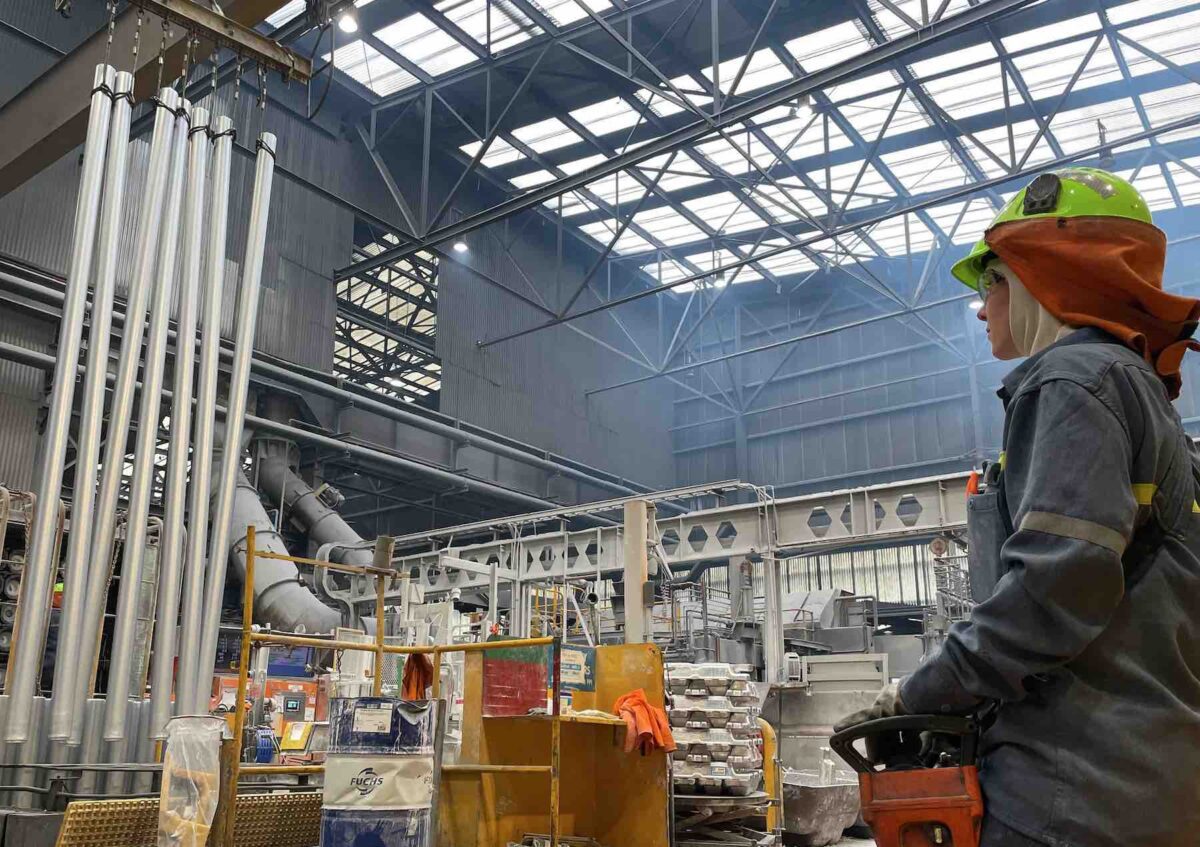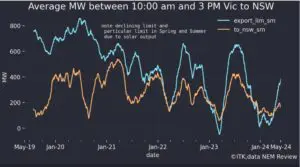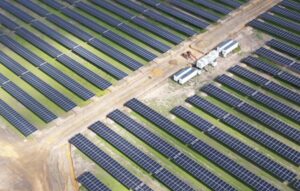Rio Tinto has sealed a groundbreaking electricity deal for the New Zealand Tiwai Point aluminium smelter – a combination of diversified renewables and demand response agreements that turns the smelter into a giant battery, and could be template for what’s possible in Australia.
The 20-year deal is significant as it guarantees the future of the smelter, which accounts for around 13 per cent of all electricity demand in New Zealand, and which Rio Tinto had threatened to close.
The deal – which the New Zealand Herald reports took 18 months to negotiate – includes contracts with electricity generators Meridian Energy, Contact Energy and Mercury NZ to set pricing for an aggregate of 572 megawatts (MW) of electricity to meet the smelter’s full needs, backed by a mix of South Island renewables.
But perhaps the most interesting part is the 20-year demand response contracts with Meridian Energy and Contact Energy, under which New Zealand Aluminium Smelters (NZAS) can be called on to reduce its electricity consumption by up to 185MW, at times of tight supply and high demand.
Effectively this transforms the smelter into the country’s biggest battery – and energy analysts have said smelters in Australia, which also have an uncertain future because of the soaring costs of their fossil fuelled electricity supplies, can go down the same path.
Aluminium smelters usually rank among the biggest single energy consumers on their respective grids, and have traditionally relied on contracts with baseload fossil fuel plants to operate. Equally, gentailers have relied on aluminium smelters as reliable sources of consistent demand for their fossil fuel plants.
For a number of reasons, not least of all the urgent race to halt dangerous climate change, this arrangement is no longer sustainable. And even excluding climate change, it hasn’t been working the way it used to.
Less than four years ago, Rio Tinto announced plans to close the mainly hydro powered Tiwai Point smelter the following year, after a strategic review found the business “no longer viable given high energy costs and a challenging outlook for the aluminium industry.”
The news, while obviously a huge blow to the local communities and economy, was also a big blow to New Zealand’s energy market, with Contact Energy warning the “disorderly exit” of this sort of electricity demand would push up power prices for all consumers.
The idea of using aluminium smelters as sort of “reverse batteries” – running at full pelt when the supply of cheap renewable energy is flush and then being rewarded for powering down during peak periods to free up supply – is not new. The Victorian Greens have campaigned for the Portland Aluminium smelter to do just that.
But this week’s deal between the Rio-owned NZAS and the various NZ energy companies offers close-to-home evidence that it can be done – the agreements, which are subject to regulatory approvals and other conditions, are expected to commence in July 2024 and run until at least 2044.
Meridian Energy says the demand response options range from 25 MW to 185 MW – an upper limit that roughly equates to one of the coal-and-gas fired Rankine units at the Huntley Power Station.
“A maximum of approximately 800 GWh of demand response is available in any given year, with an average of approximately 400 GWh per annum over the 20-year term of the contract,” Meridian says.
“This will be valuable during periods of low lake inflows, providing critical dry year cover to the electricity system.”
Rio has already begun locking in contracts for its smelters and refineries in Queensland, including with gigawatt wind and solar projects, and is currently seeking agreements with governments on “firm power”, which could include a significant demand response component. The Tomago smelter in NSW is about to go down the same path.
Rio aluminium chief Jérôme Pécresse said the deals securing the long-term future of the Tiwai Point smelter were reached “with a genuinely collaborative spirit” between all parties.
“They give us confidence that our New Zealand workforce and assets can continue competitively producing the high purity, low-carbon aluminium needed for the global energy transition,” he said.
“This is an exciting new chapter.”
Meridian Energy chief Neal Barclay says the agreement is a “fantastic outcome” for all parties after many years of hard work.
“The demand response element of this new agreement is groundbreaking, not only for this country but globally,” Barclay said in a statement from Meridian.
“The level of flexible demand offered by NZAS will support the electricity system to become even more renewable, while relying less on coal and gas when the hydro lakes are low.
“This new package of contracts is commercially sustainable and delivers value for our shareholders, so we are talking a real win-win here. The NZAS decision to extend the smelter life removes significant uncertainty for the electricity sector, which also helps pave the way for new renewable energy to be built.”










